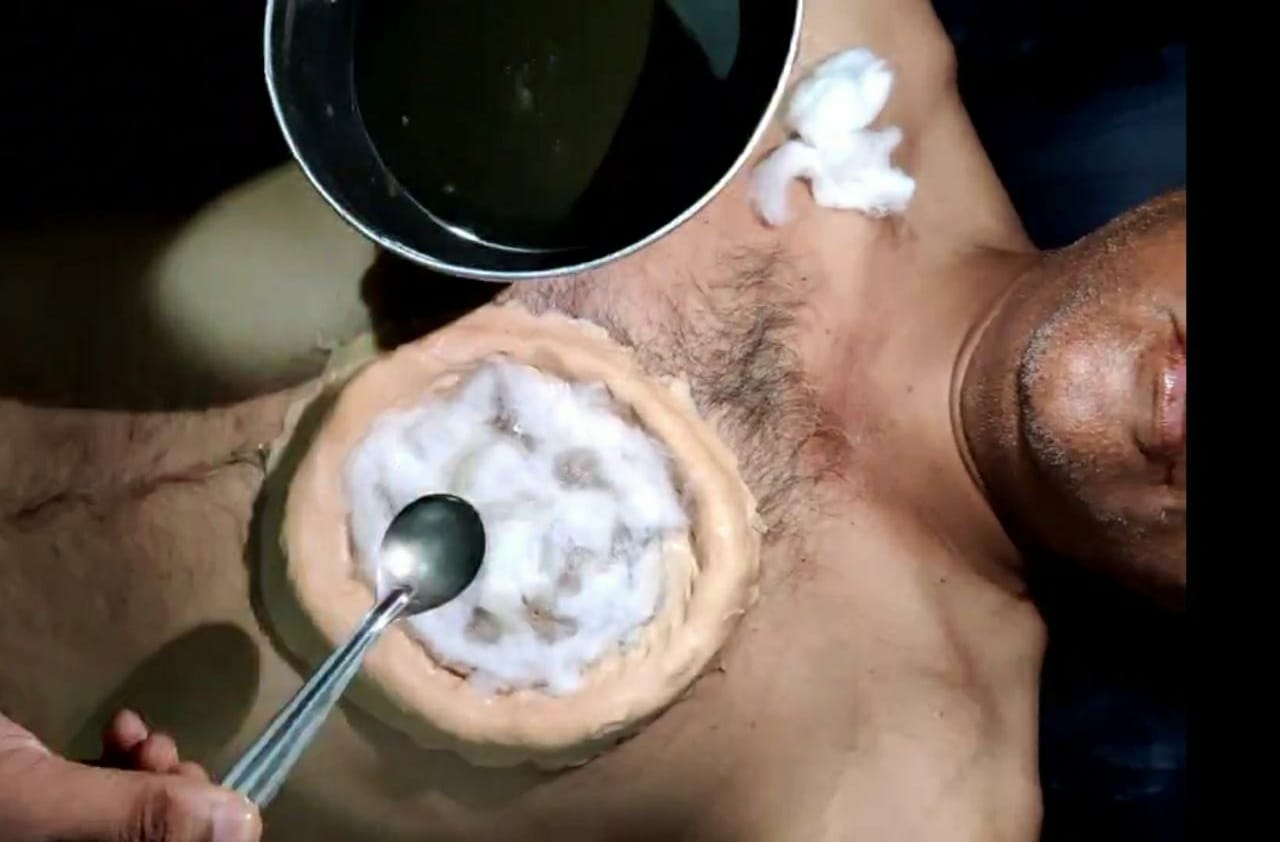Ksharsutra :-
Kshara Sutra Chikitsa is a minimal invasive Ayurvedic Parasurgical procedure and time-tested Ayurvedic technique in the management of Anorectal disorders. It is a safe, sure and cost effective method of treatment for fistula-in-ano, haemorrhoids and other sinus diseases.
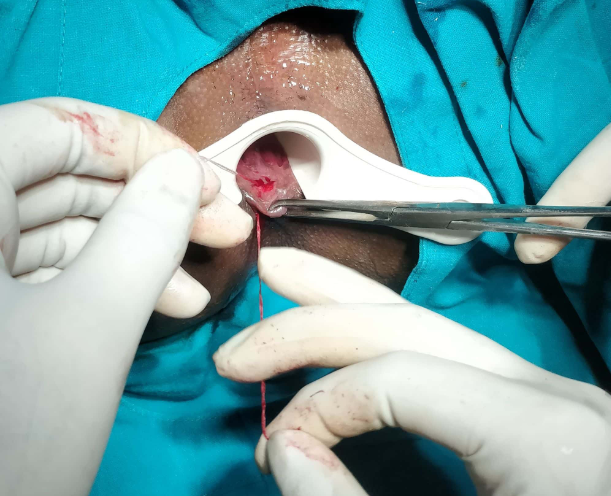
Panchakarma :-
Panchakarma is a method of cleansing the body of all the unwanted waste after lubricating it. Panchakarma are 5 in number; hence the term PANCHA 5 – KARMA (procedures). Panchakarma treatment is unique in the sense that it includes preventive, curative and promotive actions for various diseases.

There are many treatment in (Panchakarma) :-
(i) Snehan
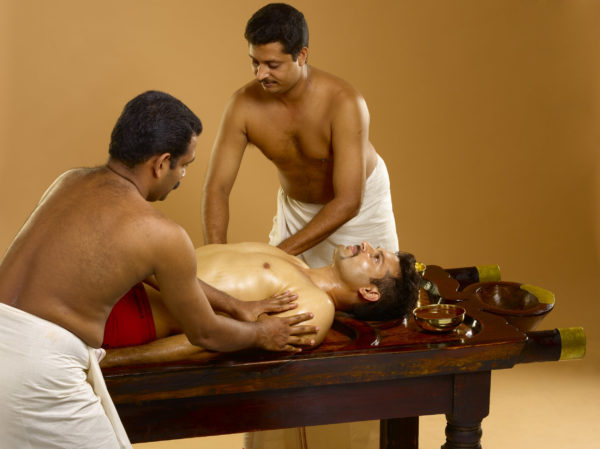
Snehan is a deeply nourishing therapy that helps to balance the doshas, or the three basic energies that make up the human body according to Ayurveda. The doshas are Vata, Pitta, and Kapha, and they determine a person's physical, mental, and emotional characteristics. When the doshas are in balance, a person is healthy and energetic. When they are out of balance, a person can experience physical and mental imbalances.
(ii) Swedana

Swedana therapy has been used for thousands of years in Ayurveda to eliminate toxins, improve circulation, and promote relaxation. Ayurvedic practitioners believe that sweating helps to expel accumulated toxins from the body and cleanse the channels of the body. It is considered to be one of the best ways to treat various diseases and maintain overall health and wellbeing.
(iii) Vaman
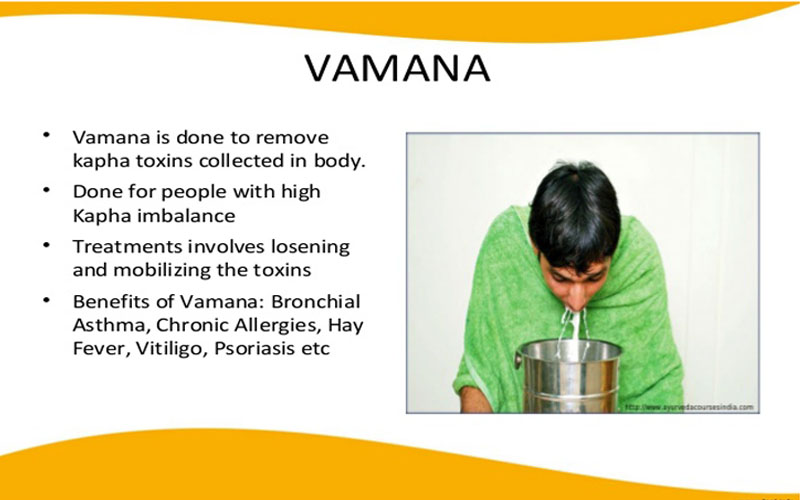
Vamana, also known as therapeutic vomiting, is a cleansing procedure used in Ayurveda, the traditional medicine system of India. This procedure is used to eliminate excess Kapha dosha, one of the three doshas or biological energies that are present in every individual. The procedure involves inducing controlled vomiting through the administration of certain herbs or medications.
(vi) Virechana
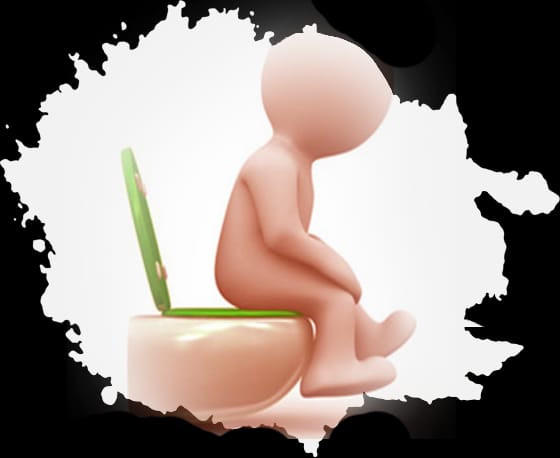
Virechana is a type of Panchakarma therapy used in Ayurveda, which is a traditional Indian system of medicine that dates back thousands of years. It involves a process of controlled purgation that helps to eliminate excess Pitta and toxins from the body. The therapy is known for its ability to rejuvenate the body, improve digestion, and enhance overall well-being.
(v) Basti
Ayurveda considers Vata as the most important dosha, but when this dosha gets imbalanced in the body it can cause major problems. This Vata interferes with functioning of the body, causing many imbalances. Basti uses Vata dosha’s natural movement to remove related toxins and waste materials from the system. Basti cleanses the vata area, whose focal point is the large intestine. Basti treatments balance and nurture Vata dosha. When Vata functions normally, it helps bring toxins and waste matter out of the dhatus( body cells) and eliminates them.
Basti is having 2 actions , expelling the vitiated doshas ( morbid substances/toxins) and nourishing the body.
Its 1st major action is related with the facilitation of excretion of morbid substances responsible for the disease process into the colon from where they are evacuated.
2nd action relates to the potency of Basti drugs getting absorbed to have its systemic action. The gut has a mind of its own called the enteric nervous system.
Basti to treat the following conditions effectively – Chronic constipation, Low back pain, Sciatica, Rheumatism, Gout, Arthritis, Hemiplegia, Sarcoidosis, PCOD,Alzheimer’s disease, Parkinson’s disease, Multiple Sclerosis , Dystrophy and Atrophy of nerves and muscles, Collagen Vascular Disease and Autonomic disorders. It benefits Epilepsy, Mental retardation, and Sensory dysfunction.
Gud Basti
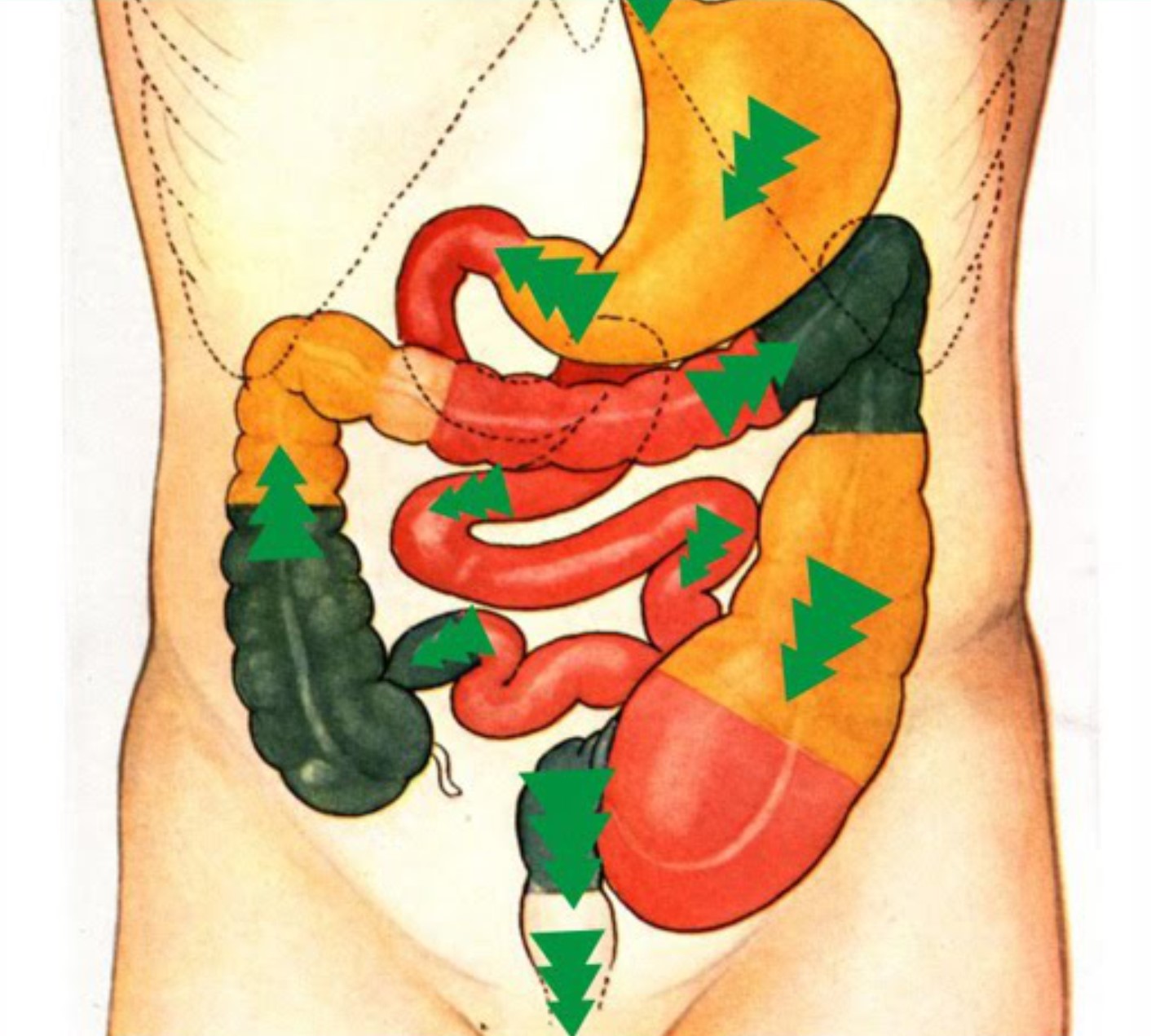
Anti-inflammatory properties: Gud Basti has anti-inflammatory properties that can help reduce inflammation in the body. This makes it a useful herb in treating conditions like arthritis, bronchitis, and asthma.
Uttar Basti
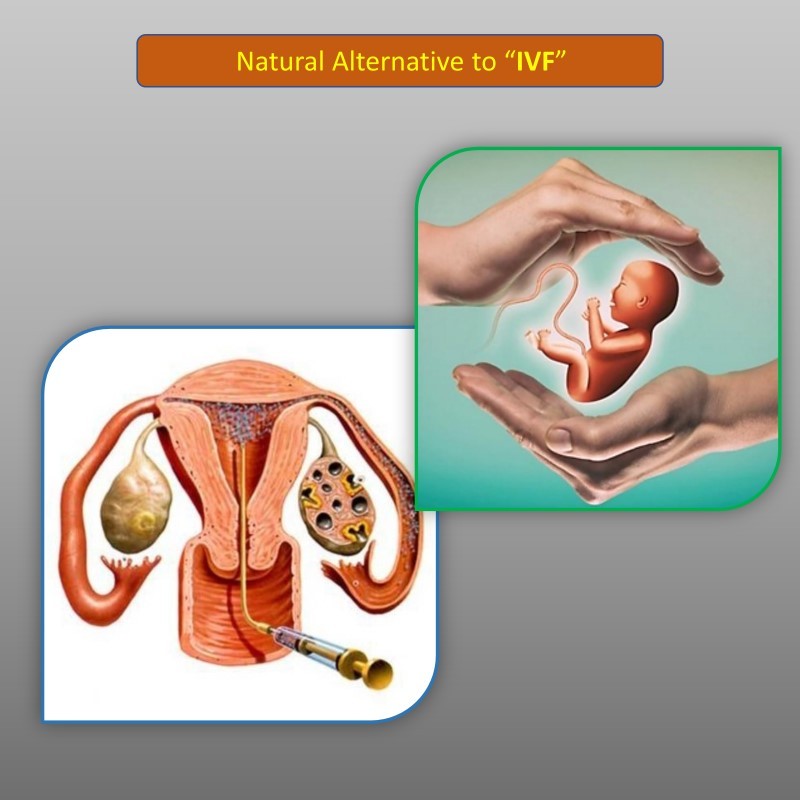
Uttar Basti is one of the most effective treatments in Ayurveda. It is a therapeutic procedure that involves administering medicated oils, decoctions, or milk into the urinary bladder or uterus. This treatment is especially beneficial for treating a wide range of gynecological and urinary disorders.
VIddhakarma :-
Viddhakarma is a part of Raktmoxan.
Viddhkarma is not a Acupuncture.
Viddhakarma is to facilitate the smooth flow of blood.
There are 107 places in the body that control every organ, they are called Marma - there is a Viddhakarma Chikitsa to correct them.
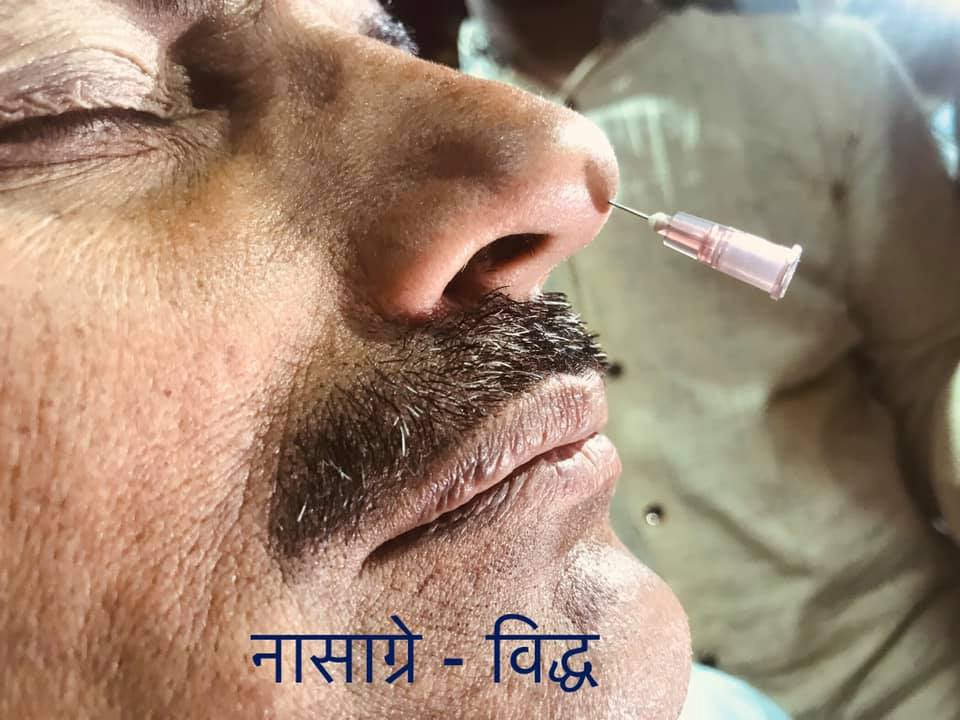
Agnikarma :-
3000 years ago, all types of gout (Vaat rog ), vein compression, any kind of pain, rheumatic disorders (Sandhi vikar), spinal cord diseases, etc- are cured by Agnikarma.
The best metal in Ayurveda is Gold metel (Suvarna Dhatu), the shalaka (suvarna shalaka) made of this metal is used for Agnikarma. It does not cause injury.
Agnikarma chikitsa is Non -regenerative treatment.
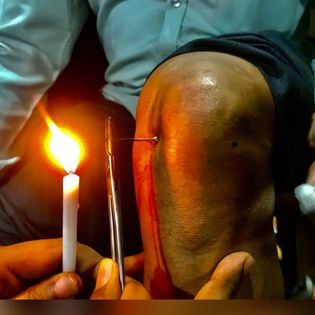
Suvarna Prashan Sanskar :-
Suvarna Prashan Sanskar is a unique ayurvedic practice that has been in use for centuries in India. It is a process of administering gold ash or Bhasma in small doses to infants and children. The word "Suvarna" means gold, and "Prashan" means to consume or ingest. Thus, Suvarna Prashan means to consume gold in ayurvedic medicine.
The process of Suvarna Prashan is conducted on specific days, usually on the day of Pushya Nakshatra, which is considered an auspicious day in Hinduism. Pushya Nakshatra is believed to enhance the medicinal properties of the Suvarna Prashan and make it more effective.
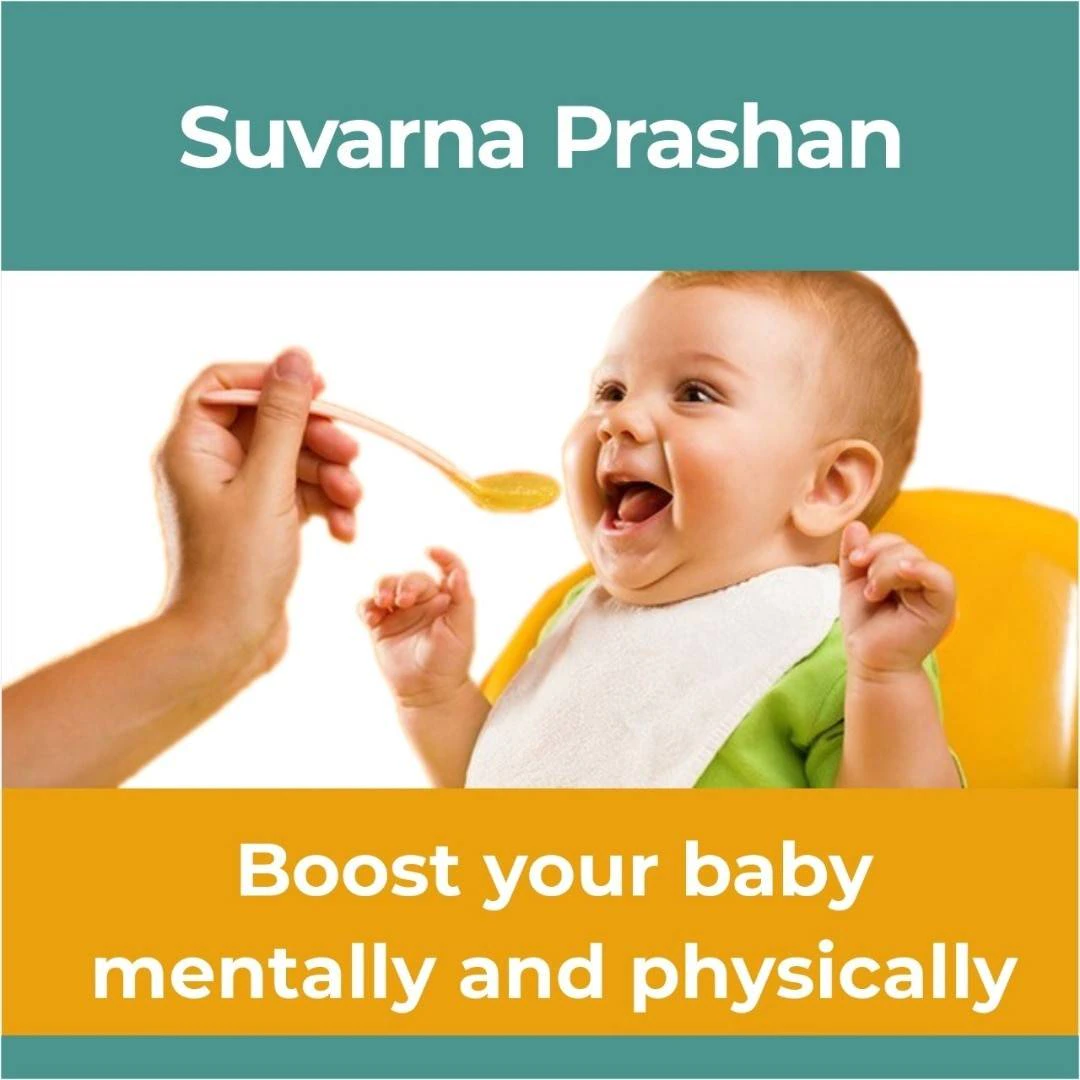
Baal Ghuti :-
Baal Ghuti is a popular Ayurvedic herbal remedy for infants and children. The word "Baal" means child and "Ghuti" means a herbal powder mix. This traditional medicine is made by combining a blend of herbs and spices that are believed to have various health benefits for infants and children. It is usually given to infants and children to promote digestion, strengthen the immune system, and prevent common ailments.
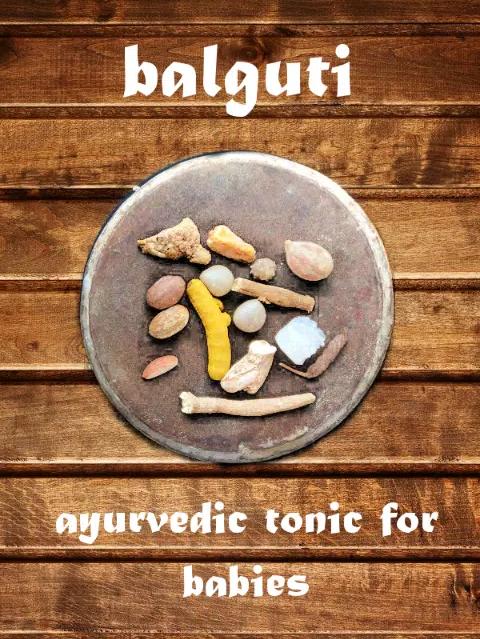
Raktamoxan :-
Raktamoxan is a well-known Ayurvedic procedure for removing excess blood from the body. This therapy involves the use of various techniques to purify the blood and eliminate toxins from the bloodstream. The process of Raktamoxan is an important part of Panchakarma, which is a set of five Ayurvedic therapies that help in detoxifying the body.
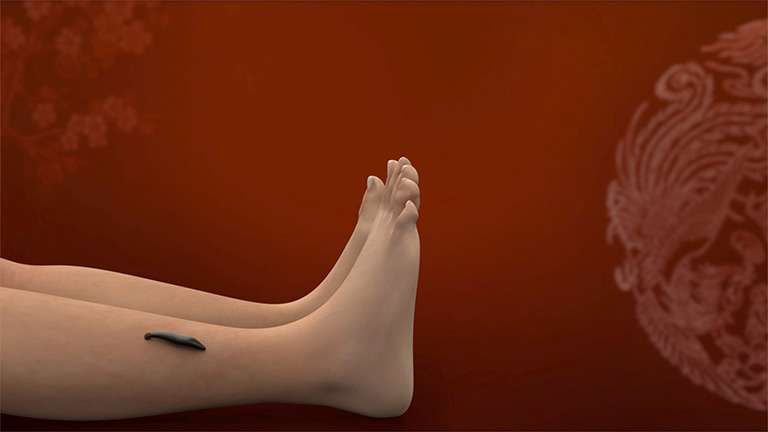
Nasya :-
Nasya is a therapeutic procedure used in Ayurveda, an ancient holistic healing system originating in India. It involves administering herbal oils, powders, or decoctions into the nostrils. The term "Nasya" is derived from the Sanskrit word "Nasa," meaning nose.
According to Ayurveda, the nose is the gateway to the head, and Nasya helps to balance the doshas or energies of the body, especially Vata and Kapha. It is believed that imbalances in these doshas can lead to a variety of health problems, including sinusitis, headaches, allergies, and respiratory disorders.
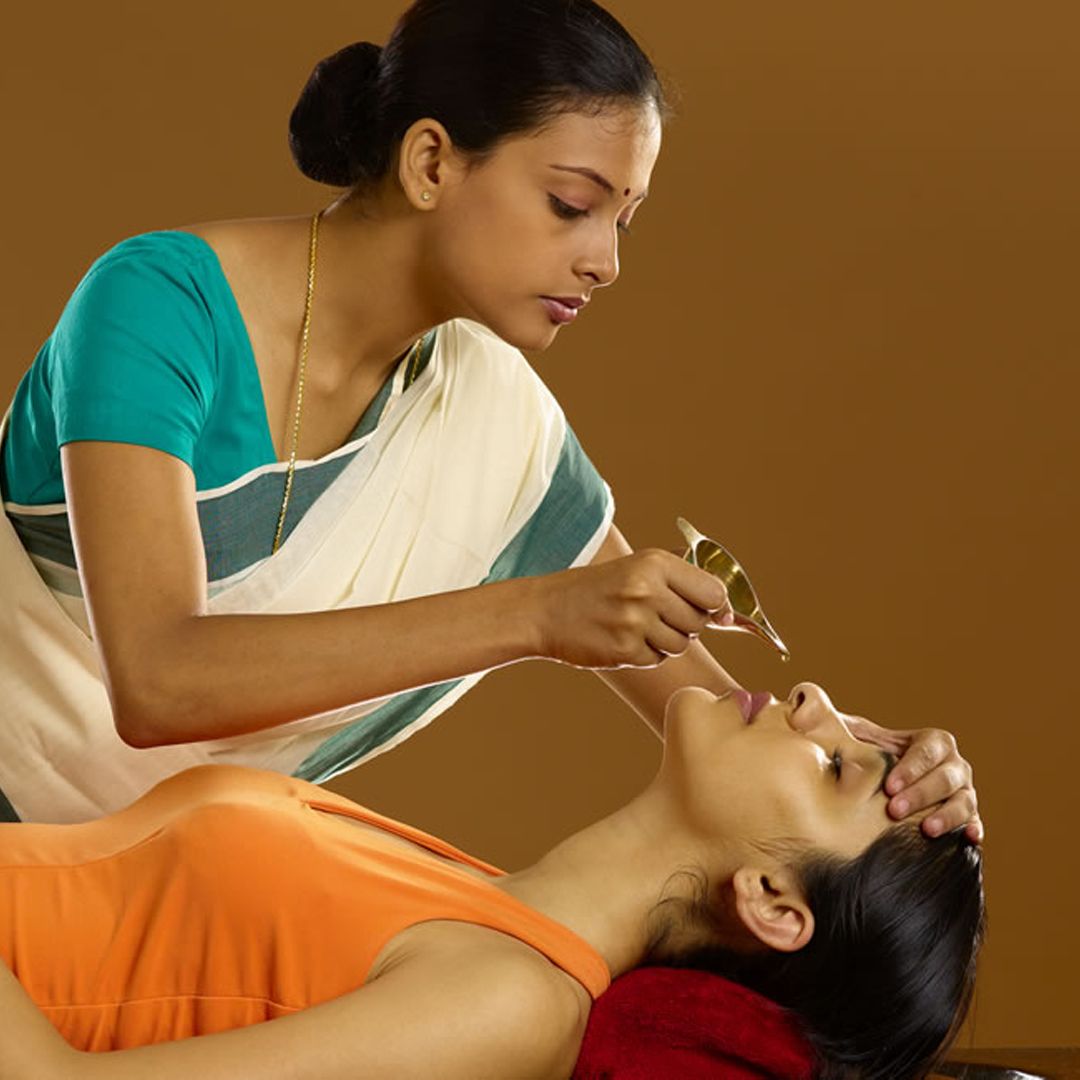
Shirodhara :-
Shirodhara is an ancient Ayurvedic therapy that has been practiced for thousands of years in India. It is a form of Ayurvedic massage that involves pouring warm oil or other liquids onto the forehead in a continuous stream. Shirodhara is derived from the Sanskrit words shiro (head) and dhara (flow), and it is believed to have numerous health benefits for the mind and body.
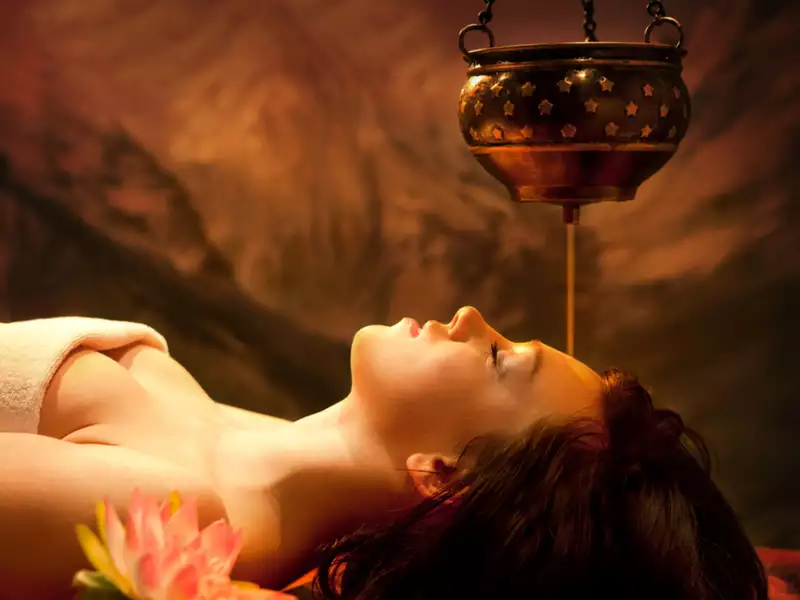
Local Basti :-
Ayurveda, one of the world's oldest medical systems, is deeply rooted in India's history and culture. It is a holistic approach to health and wellness that encompasses the physical, emotional, and spiritual aspects of life. One of the key principles of Ayurveda is the belief that good health is achieved by maintaining a balance between the body, mind, and spirit.
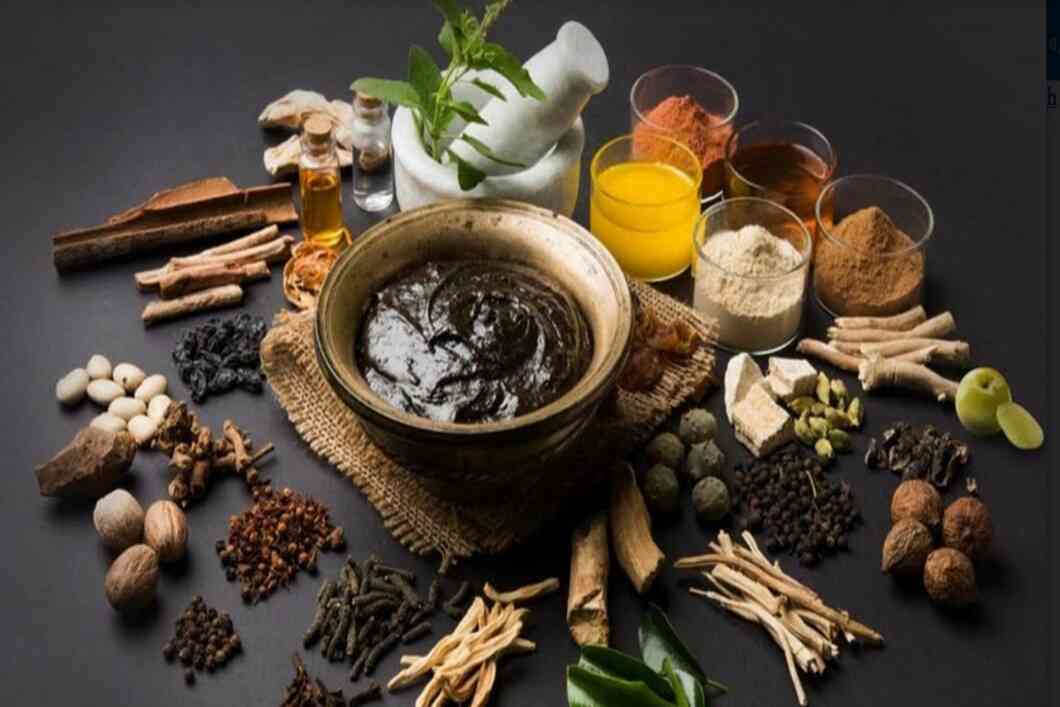
There are many treatment in (Local Basti) :-
(i) Shiro Basti
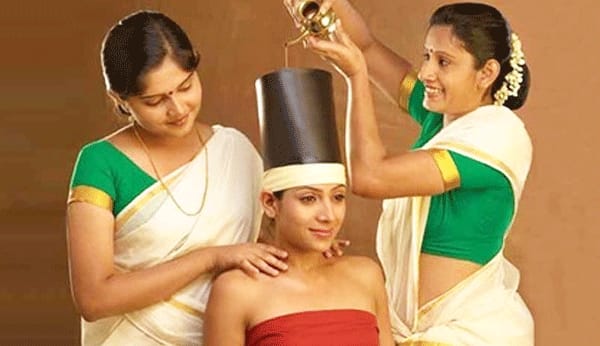
The Shiro Basti treatment is warm oil poured onto the head, and then allowed to remain there for a certain period of time and then followed by shiro abhyanga (head massage). Beneficial for the treatment of depression, headaches, insomnia and psychological disorders.
A nurturing head and neck massage (shiro abhyanga) uses warm oil to de stress and relax. This treatment helps improve dryness and hair loss while calming the nervous system and strengthening the mind. Leave feeling revitalized.
(ii) Greeva Basti
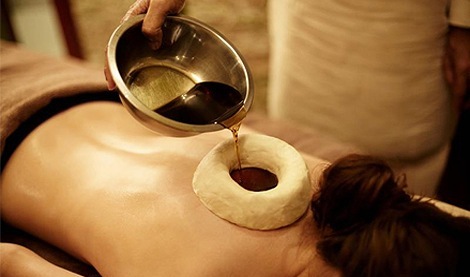
Greeva Basti is a specialized Ayurvedic therapy that involves the application of medicated oil or herbal decoctions over the cervical region (neck) of the body. The word “Greeva” means neck and “Basti” means container, hence, this therapy involves a container-like structure made of dough, which is placed over the neck region, and then filled with warm medicated oil or herbal decoction.
(vi) Pristha Basti

Pristha Basti is an Ayurvedic treatment method in which medicated oil or herbal decoction is administered through the rectum in the back region. The term Pristha Basti is derived from the Sanskrit words "Pristha" which means back and "Basti" which means enema. The procedure involves lying down on the stomach, and the medicated oil or herbal decoction is slowly poured into the rectum using a catheter. The amount of oil or decoction used varies depending on the person's health condition and the severity of the disease.
(v) Nabhi Mool Basti
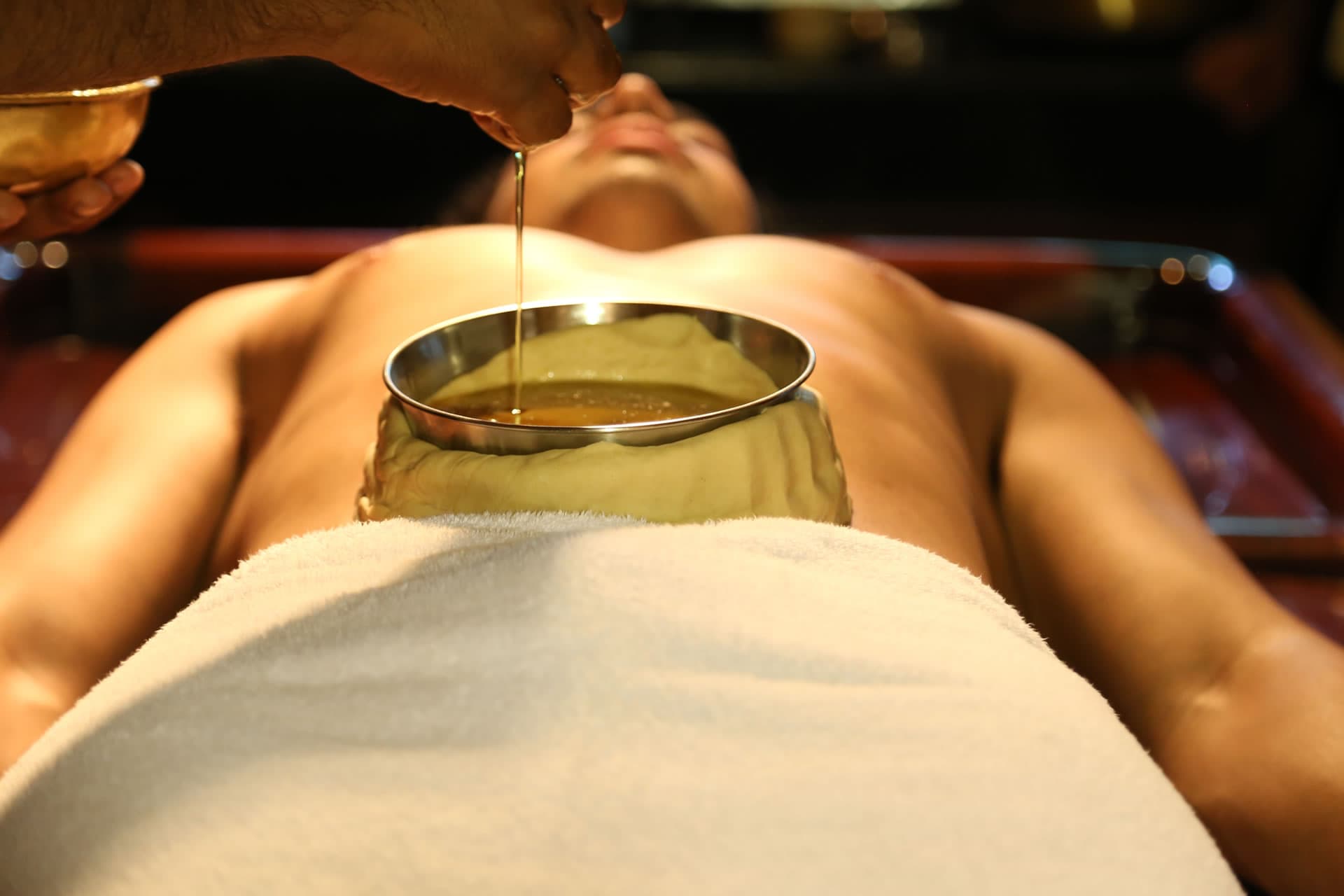
Nabhi Mool Basti is a unique and effective treatment method in Ayurveda, which focuses on the navel or Nabhi Mool. According to Ayurveda, the Nabhi Mool or navel is the root of the human body, and any imbalance in this area can lead to various health problems. Nabhi Mool Basti is a therapy that involves the application of medicated oil or ghee to the navel for treating different ailments.
(vi) Janu Basti
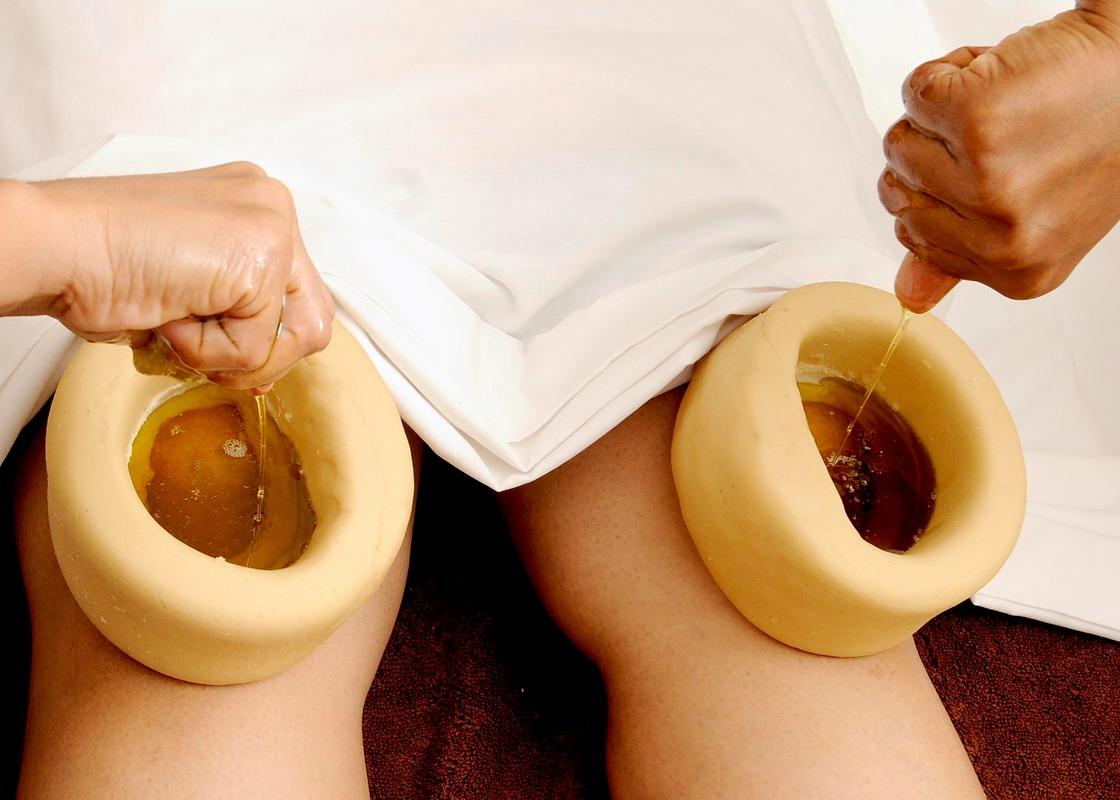
The Janu Basti treatment involves massaging the affected knee joint with warm herbal oil while applying pressure on the knee area with the help of a cotton cloth or bolus. The bolus or poultice is made of various herbs, which are mixed with a decoction to make a paste. The paste is then heated and tied up in a cloth or bolus bag, which is then used to massage the knee joint. The warmth of the herbal poultice helps to open up the pores, allowing the medicinal properties of the herbs to penetrate deep into the tissues and alleviate the pain.
(vii) Kati Basti

Kati Basti is a therapeutic treatment used in Ayurveda to relieve back pain and other related conditions. In Sanskrit, "Kati" means the waist area, while "Basti" refers to a bag or pouch made of leather. The treatment involves the application of medicated oil on the lower back and surrounding areas, followed by a massage using a small bag filled with herbal ingredients. The bag is heated before being used in the massage, which allows the herbal oils to penetrate deep into the muscles and tissues, providing relief and promoting healing.
(ix) Hardhya Basti
Hridaya Basti is a Sthanika Basti used over the Urah Pradesh in Hridaya Roga and various other disease of Urah Pradesh. It is similar as of Shirobasti, in which luke warm decoction/ medicated oil is poured over the Urah Pradesh to maintain the Rasa Samvahan (circulation). It is an external approach to many cardio-pulmonary diseases by maintaining the proper flow of blood. It is commonly used in pain condition. It also has beneficial effect on mind and gives strengthening effect to cardiac muscle.
Increases the vasodilation.
Decreases the viscosity of blood.
Change in nerve conduction.
Strengthen the muscles.
Increases the pain threshold.
Increases the tissue extensibility.
Improves the blood flow.
